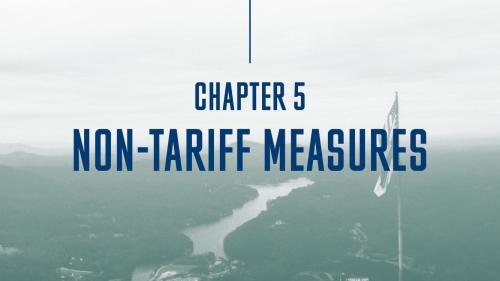Earlier this week, after a lengthy period of uncertainty, the Senate passed the reauthorization of the Export-Import Bank (Ex-Im Bank) of the United States. This is good news, as my colleague Devashree Saha has detailed in other postings, as the Ex-Im Bank is an important element of our National Export Initiative and a critical source of needed financing for would-be U.S. exporters.
And yet, there is still work to do to ensure that the Ex-Im Bank keeps pace with the fast-changing U.S. economy and the latest dynamics of U.S. exporting.
Fact is, the Ex-Im Bank is still structured for a time when most U.S. exports were merchandise and U.S. exporters were less engaged in global supply chains. Consider this: Between 2008 and 2010, about one-tenth of the total export value estimated to be supported by Ex-Im Bank was for service exports.
But U.S. services represented one-tenth of U.S. exports about 80 years ago. Now they account for fully one-third of U.S. exports. The United States does not sell only chemicals, transportation equipment, or computer and electronics abroad. Big export components now are also the expenditures of foreign tourists and students in the United States and the myriad U.S. business services sold abroad, such as management and consulting services, or research, development, and testing services.
However, U.S. content rules prevent many service exporters from taking advantage of the Ex-Im Bank’s services. As the Ex-Im Bank discovered from its 2010 survey of the lenders and exporters using its medium- and long-term programs, many exporters find it difficult to comply with the bank’s eligibility rules on U.S. content. It is particularly onerous for exporters whose service exports include intellectual property. Also, in a world in which about half of the value of imported inputs used for U.S. exports is in fact U.S. content, it is difficult for an exporter to keep track of the domestic product content and meet the Ex-Im Bank’s required high rates of national content origin.
Let’s hope that Ex-Im Bank will address these points in its review of the domestic content policy, required by the current reauthorization bill. It will only help U.S. exporters expand their sales abroad and in the process create and support millions of jobs across the United States.



Commentary
Creating an Export-Import Bank for the 21st Century
May 17, 2012